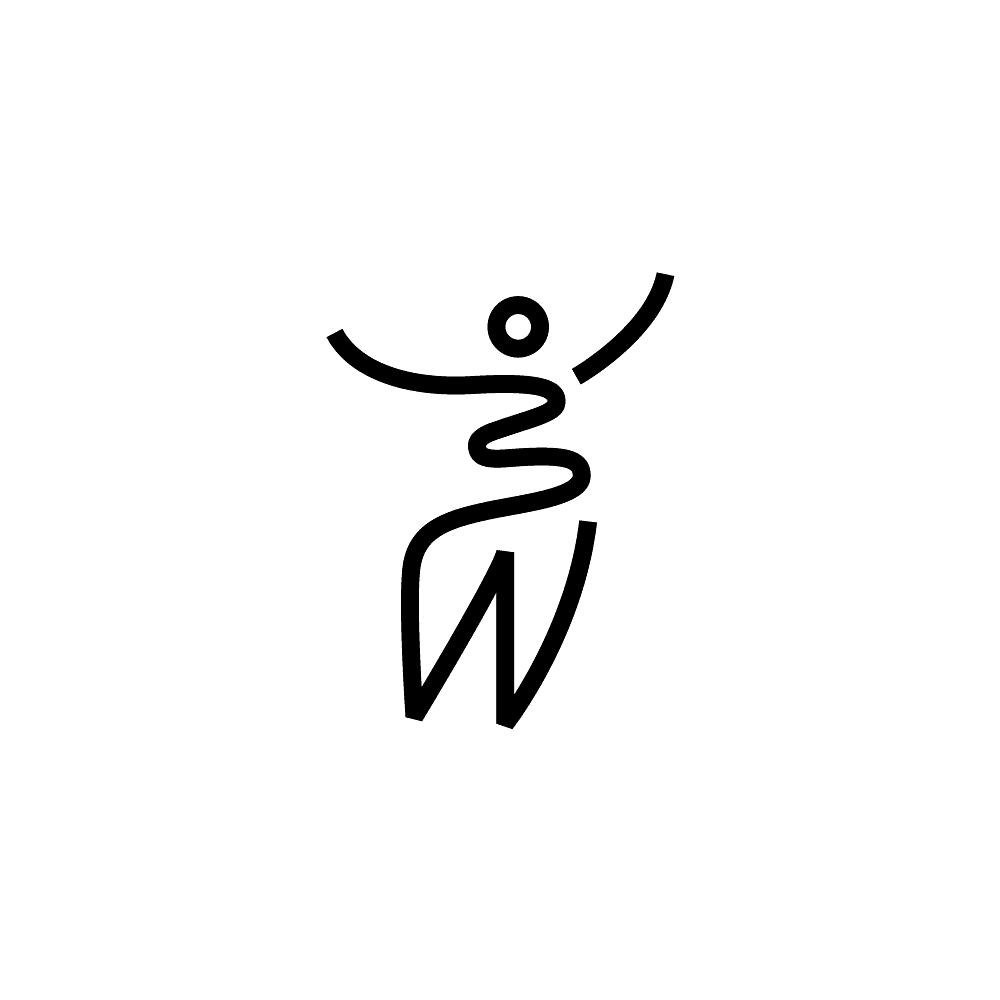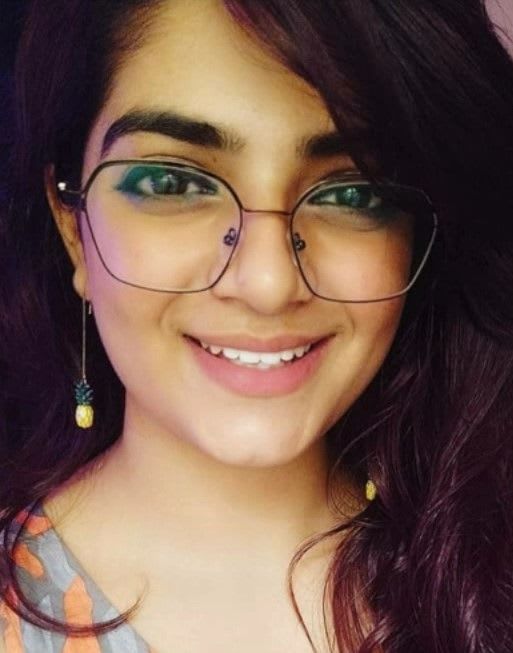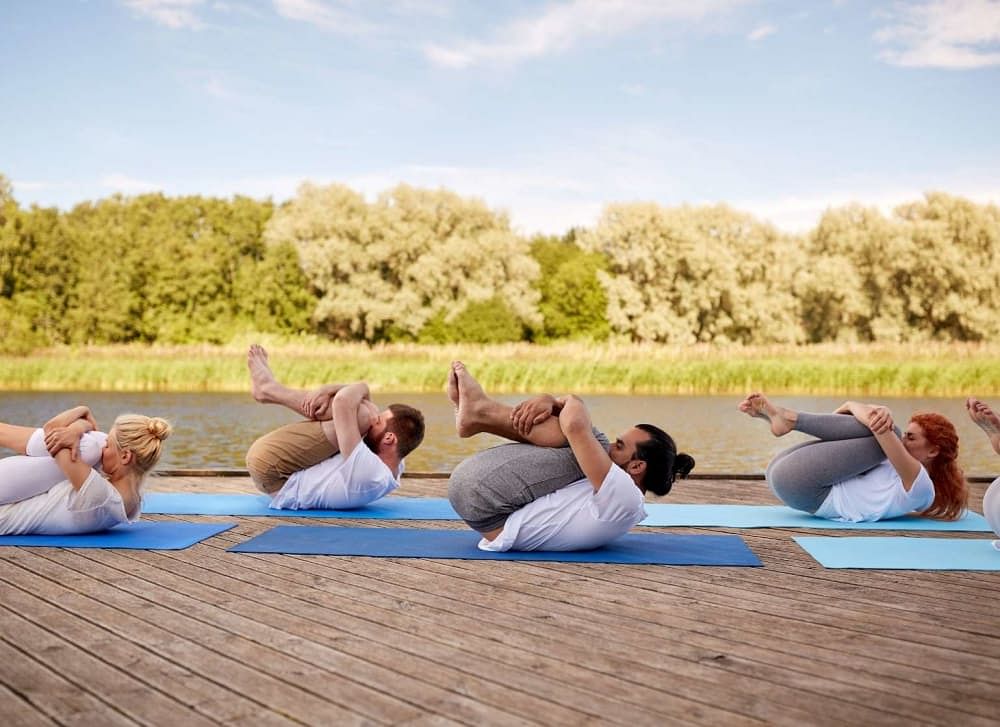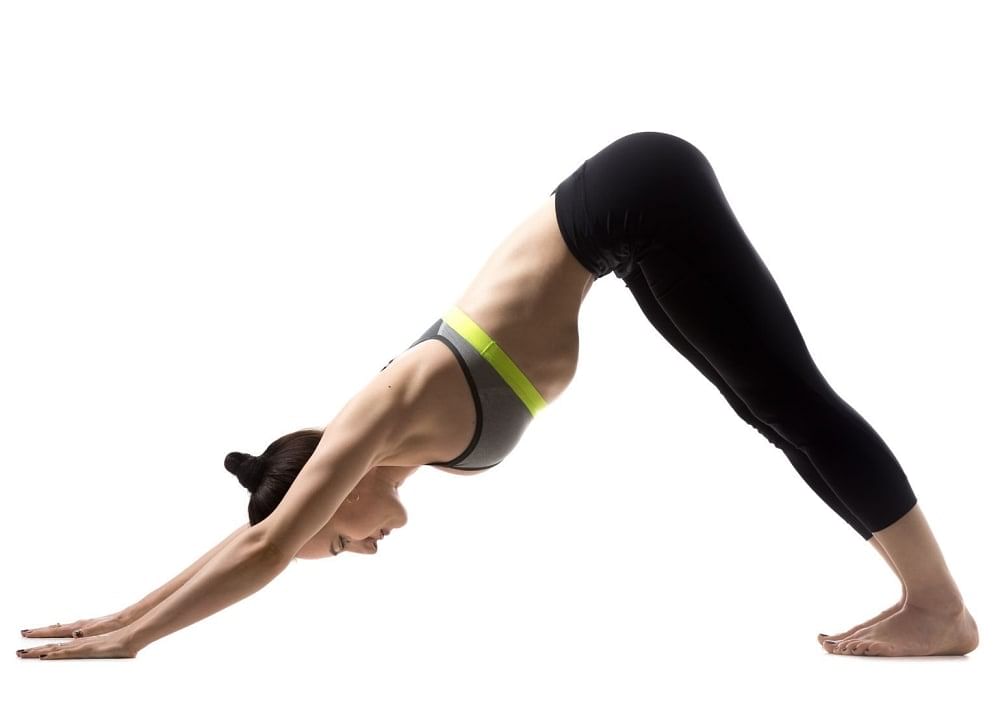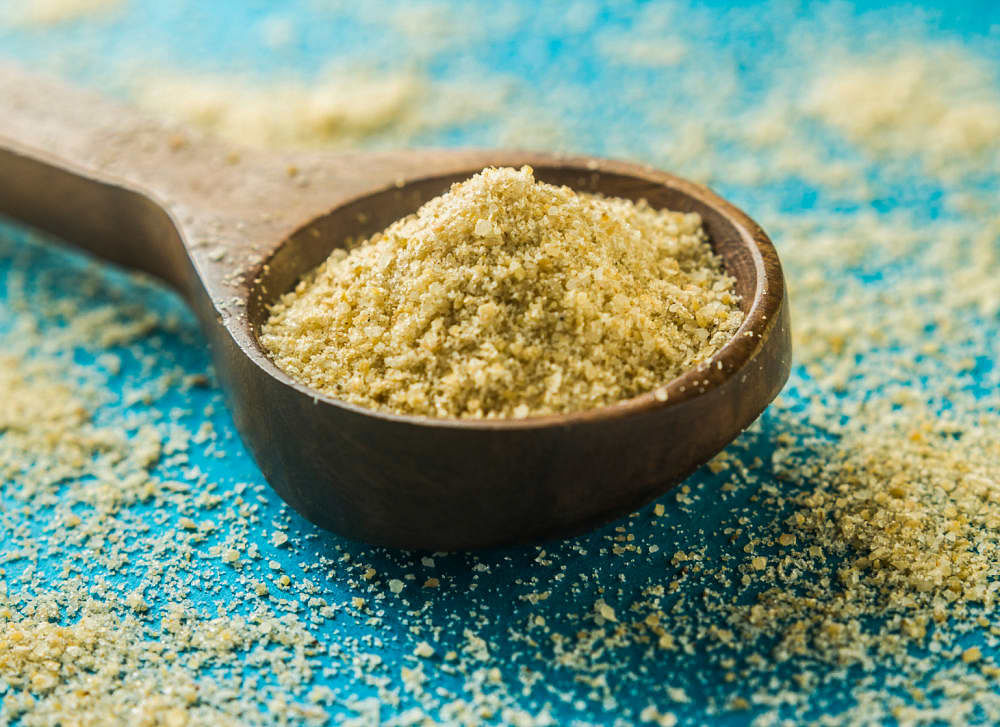Whether you are strong or delicate, overweight or healthy, yoga has the power to transform the body while nourishing the mind. More than just a well-rounded practice, the impact of yoga on life is multidimensional as there are a wide variety of poses that help boost physical, mental, and spiritual well-being. Each yoga pose is specifically focused on body parts or intended outcomes, and Bhujangasana is no exception to it.
However, before integrating Bhujanasan into your everyday fitness ritual, it is better to consult a physician to check for any contraindications. For instance, in the case of back injury, carpal tunnel syndrome, headache, and pregnancy, one should avoid Bhujangasana.

What Is Bhujangasana (Cobra Pose)?
The word ‘bhujangasana’ holds its origin from two Sanskrit roots where ‘bhujang’ represents serpent or snake, and ‘asana’ symbolises pose. Bhujangasana is first depicted in the Gheranda Samhita, known to be one of the three Hatha yoga texts from the 17th Century. The second chapter of this text portrayed thirty-two asanas for strengthening the body.
Bhujangasana, also known as the Cobra pose, is the penultimate pose that helps arouse Kundalini chakra (serpent energy) that is believed to be coiled up at the base of the spine. When you practice bhujangasana, your Kundalini chakra becomes active, and the heat of your body increases, consequently lowering any chance of disease.
Benefits of Bhujangasana (Cobra Pose)
Although bhujangasana is practised to balance the chakras, the basic notion of this asana is to remain active and supercharged to achieve a healthy lifestyle. The benefits of bhujangasana are profound in yoga that contributes to the body's natural healing.
1. Reduces Extra Fat
Bhujangasana steps target the extra fat in the abdomen area and burn calories while making muscles more flexible. Practising this asana also boosts metabolism, thereby increasing the burning of calorie intake. Besides, Cobra pose yoga helps to tone buttocks while reducing extra fat and toning the spinal muscles.
2. Boosts Digestion
A natural stimulator for gastrointestinal functioning, the regular practice of Bhujangasana helps stimulate the digestive organs and the secretion of digestive fluids. This ensures better absorption of food.
3. Enhances Flexibility
Bhujangasana enhances the flexibility of muscles by opening up the shoulders and neck. Moreover, It also relieves pain and fortifies the stiffness of the lower back.
4. Improves Blood Circulation
Bhujangasana pose helps in better circulation of oxygen in blood vessels of the heart and various organs. Good blood circulation promotes better nutrients and hormones while eliminating waste products.
5. Regulates Menstrual Irregularities
When practised regularly, the Cobra pose helps regulate irregular menstrual cycles. Besides, it also relieves cramps and pain during periods. A regular cycle is crucial for a healthy reproductive system.

6. Strengthens the Reproductive System
When it comes to revitalising the hormonal system and reproduction, Cobra pose helps in multiple ways if practised regularly. It does enhance the blood flow to the uterus and ovaries, detoxifies the body, and relieves anxiety and stress, thereby strengthening the overall reproductive system.
7. Helps In Fatigue And Stress Management
Cobra pose helps in coping with fatigue, depression, and stress-related problems. Integrating this dynamic pose into your daily routine elevates not only your mood but also calms your mind.
8. Reduces Symptoms Of Asthma
If you are struggling with respiratory disorders such as asthma, bhujangasana helps unlock the chest congestion while clearing up the passage of the heart and lungs. This asana proves to be therapeutic as it helps in expanding the chest cavity, giving more space for your rib cage to open up.
9. Strengthening Hand And Shoulder Muscles
While performing bhujangasana, when you lift your body for a few minutes, your hands and shoulders manage to carry your body weight. Therefore, this asana helps strengthen the biceps and triceps while making your abdomen stronger.
10. Corrects Body Posture
Bhujangasana contributes to strengthening your back muscles and providing them with great physical strength. It helps eliminate slouch on your upper back, thereby correcting your body posture.
11. Helps Relieve Pain from Injuries
The cobra pose works as a cushion to protect your body from excessive pain due to unavoidable injuries. It stretches frontal planes, making them flexible and easing any tightness in the muscles. Further, it also relieves the sciatica pain of the legs by softening the spinal impingement.
12. Unblocks The Kundalini Chakra
With bhujangasana techniques, you can unblock your Kundalini chakra that lies dormant at the base of the spine. If any of the seven energy chakras are blocked, your life will become stagnant, contributing to physical, mental, and spiritual ailments. When chakras are active and awakened, energy flows easily through the body, soul, and mind.
Also Read: 11 Amazing Halasana (Plow Pose) Benefits & How to Do It!
Bhujangasana Is Good for Improving?
Bhujangasana is good for improving blood circulation in the spinal region, which helps get rid of the pain. Unhealthy modern lifestyles tend to stiffen the muscles of the upper back. Being a leaning back-bending pose, the Cobra pose helps strengthen the vertebral column. It promotes the stretching of shoulder muscles.
Practising this pose individually or with Surya Namaskar (Sun Salutation) makes your spinal region stronger and more agile. The presence of bhujangasana in the dynamic cycle of Surya Namaskar signifies the worth of the asanas in yoga and Vedic Science.

Types of Bhujangasana (Cobra Pose)
You can perform Bhujangasana in various ways. Let us understand the different types of bhujangasana!
1) Saral Hasta Bhujangasana:- This is the classic beginner cobra pose where your pelvis touches the ground, and you take the support of your hands to stretch your upper body. In this pose, the head and spine are in alignment.
2) Vakra Hasta Bhujangasana:- In this variation, your hands are not spread at the same level as your shoulders. Instead, your hands are in front of you, one above the other.
3) Ardha Bhujangasana:- It is also known as the half cobra pose. In this yoga asana, you do not need to spread your palms on the floor; instead, you can lift your upper body slightly and rest on your elbows.
Also Read: What Is Trikonasana (Triangle Pose) Benefits & Steps - Bebody Wise
Prerequisites for Bhujangasana (Cobra Pose)
- You should only perform bhujangasana if you are healthy and fit. If you have undergone surgery recently or are pregnant, you should not perform this yoga asana. Therefore, before starting, ensure that it is safe for you to practice bhujangasana.
- To perform bhujangasana, you need a yoga mat. Since you need to place your knees and elbows on the ground, a yoga mat will be helpful.
- Avoid practising bhujangasana immediately after your meal. You should wait for at least 3-4 hours.
- Do some basic stretching exercises to prepare your body for bhujangasana.
Bhujangasana Steps
Here is your step-by-step guide to performing Bhujangasana:
- Lie down on the floor with your chest and abdomen touching the ground.
- Place your palms near your chest and raise your torso slowly. Make sure that you keep your elbows straight to avoid injury.
- Lift your entire upper body, including the neck, chest, shoulders, and head.
- You must ensure that your body weight falls on your hands and thighs, not your stomach or torso.
- Slowly bend your neck and feel some pressure in your spine. While doing so, you need to hold your breath.
- After 10-15 minutes, you can release the Bhujangasana pose by slowly lowering your abdomen to the ground, followed by the torso and head.

Pro Tips for Beginners
If you are new to yoga or haven't done any physical strength training before, you must take it extremely slow. Here are some helpful Bhujangasana tips for beginners:
- The pose puts pressure on your spine. Therefore, as a beginner, you should test how much pressure your body can handle. Stretch your back only as much as you can manage. Do not overdo it.
- Focus on your breathing. If you are unable to hold your breath while stretching, you can slowly inhale and exhale.
- While releasing the pose, do not come down suddenly. Slowly bring your body back to the initial position.
Contraindications of Bhujangasana (Cobra Pose)
Even though there are several cobras pose yoga benefits, it can be harmful to the body if not done right. Following are some of the contraindications of bhujangasana.
1) Surgery:- If you have recently undergone a neck, spine, chest, hand, knee, hip, or any other surgery, you should avoid practising Bhujangasana. If you are still recovering from your surgery, make sure to ask your doctor before practising bhujangasana.
2) Injury:- Just like surgery, if you have an internal or external injury on your body, you should not practice Bhujangasana. It can further aggravate your condition by putting exertion on the injured area.
3) Less Physical Strength:- If you have a weak core and haven't practised any physical strength training before, you should not immediately jump on Bhujangasana. First, try simple yoga asanas and then move on to the cobra pose.
4) Pregnant Women:- Pregnant women should strictly refrain from performing Bhujangasana. It puts pressure on the abdomen that can be harmful to the foetus.
5) Senior Citizens:- Since the bones become weak and brittle in old age, senior citizens should also avoid practising Bhujangasana.
Summing Up on Benefits of Bhujangasana
Bhujangasana can be regarded as a powerful yoga exercise that focuses explicitly on the abdominal regions, reducing belly fat. Cobra pose is a fundamental yoga pose that activates the digestive and reproductive systems, strengthens the lungs, and opens the heart to circulate more oxygen.
Furthermore, it aligns your energy to the inner self by awakening your energy chakras. This pose offers physical, mental, and spiritual benefits contributing to the overall well-being of the body and mind. Especially if your job demands prolonged seating or staring at screens for long hours, integrating bhujangasana procedures proves to be a beneficial solution to keep many health-related concerns at bay.
FAQS
Which Part Benefits the Most in Bhujangasana?
Bhujangasana is very useful to keep your back healthy and fit. In this asana, you bend your neck and head backwards while the rest of the body lies straight on the floor upside down. This back-bending helps soften the firm muscles of the shoulder, chest, and neck. The backward bend imparts a gentle stretch to the entire body that improves the efficiency of abdominal regions.
Does Bhujangasana Reduce Belly Fat?
Yes, Bhujangasana helps in reducing belly fat. Cobra pose is considered one of the best asanas when it comes to achieving a toned belly. Due to this reason, fitness enthusiasts do make sure to integrate this pose into their daily fitness regime.
Is There Any Ideal Time for Performing Cobra Pose?
It is best to practise bhujangasana for 4 to 5 minutes every morning. However, if you cannot take out time in the morning, you can practise the same in the evening. When thinking about practising this asana during evening time, make sure that there is a gap of a minimum of 4-5 hours after having your meal.
References
- Om Prakash Tandon, Suman Bala Sharma, December 2005; The beneficial effect of yoga in diabetes - https://pubmed.ncbi.nlm.nih.gov/16519085/
- Vijaya Kavuri, 2015; Irritable Bowel Syndrome: Yoga as Remedial Therapy - https://www.ncbi.nlm.nih.gov/labs/pmc/articles/PMC4438173/
- Mrithunjay Rathore, 2017; Anatomical correlation of core muscle activation in different yogic postures - https://www.ijoy.org.in/article.asp?issn=0973-6131;year=2017;volume=10;issue=2;spage=59;epage=66;aulast=Rathore
